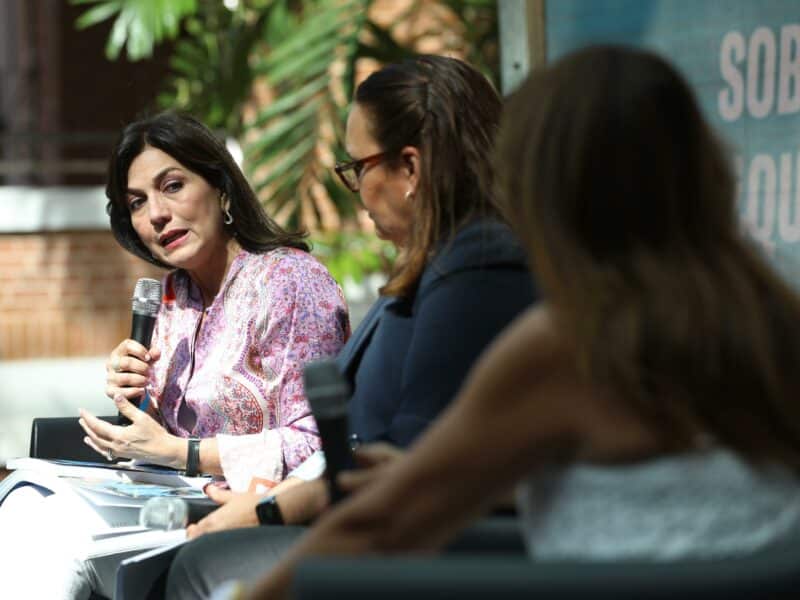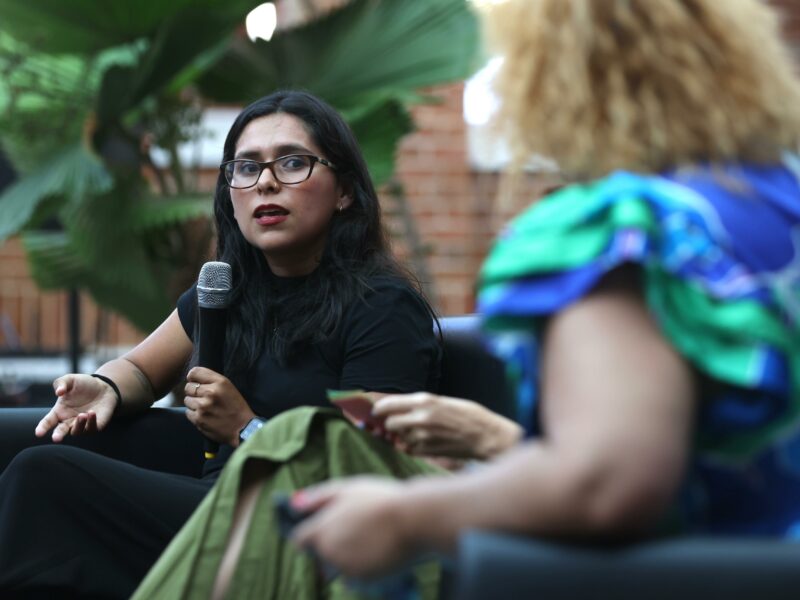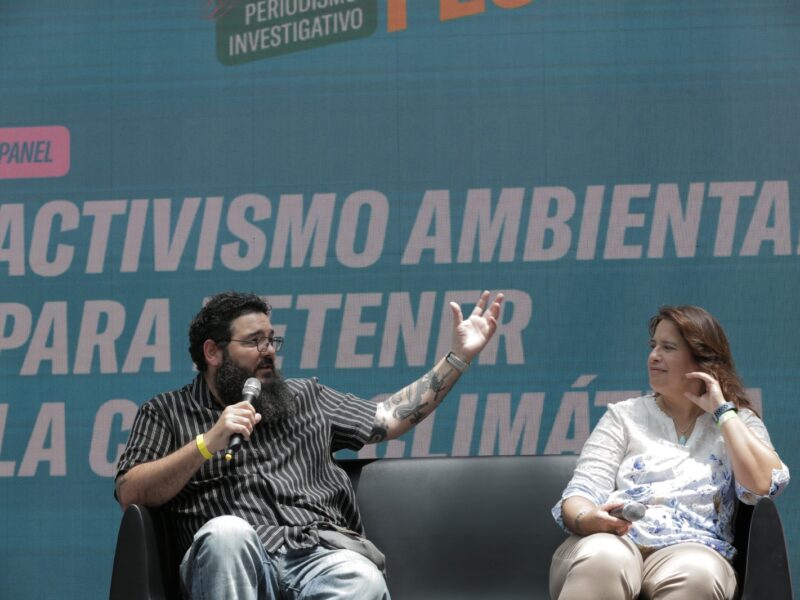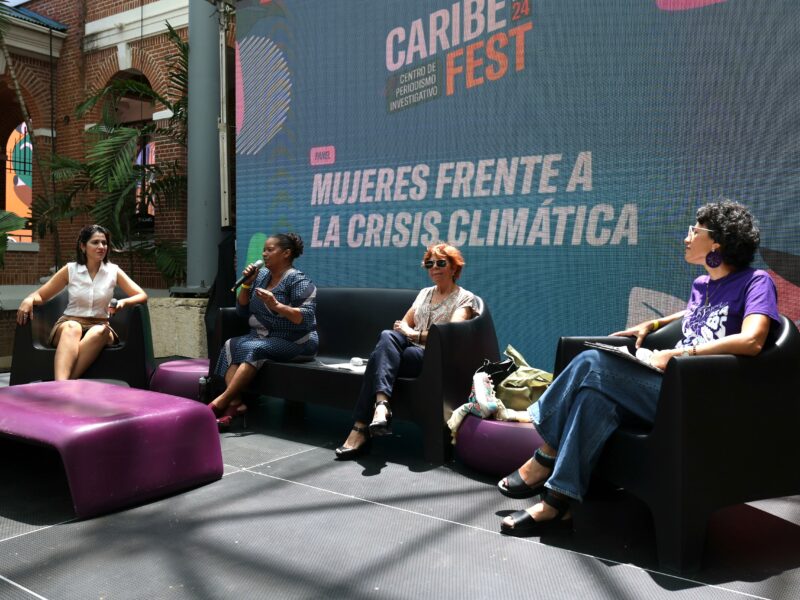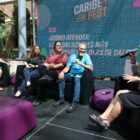Se espera que el documento sea aprobado antes del 30 de junio cuando termina la única sesión legislativa de este año electoral.
Series
“Un futuro peligroso”: el cambio climático augura un panorama global desolador si no se atiende
No dan cara para hablar de la crisis climática el PNP, el PPD, Proyecto Dignidad, ni Victoria Ciudadana
Necesario dar la lucha ambiental en unión, aunque desde distintos frentes
Las mujeres sufren de forma desproporcionada el impacto de la crisis climática
Actualidad
Modifican las rutinas de entrenamiento deportivo ante las olas de calor
|
Deportistas narran las medidas adoptadas para entrenar bajo temperaturas extremas.
Actualidad
El coloniaje amenaza la vida de los caribeños que enfrentan el cambio climático
|
La falta de acción o la tardanza de los gobiernos para atender a sus colonias para combatir las olas de calor y otros efectos de la crisis climática, así como el aumento en el nivel del mar, hacen cada vez más precaria la vida en estos territorios.
Actualidad
La pobreza recrudece los efectos del calor en poblaciones vulnerables
|
La falta de acceso frecuente al agua potable y a un techo para protegerse no es exclusiva de las personas sin hogar, sino que puede ser una necesidad no cubierta para algunos agricultores, obreros y personas envejecidas.
Actualidad
Diseños arquitectónicos en Puerto Rico ignoran la realidad climática
|
Son muy pocas las infraestructuras que se diseñan teniendo en cuenta las olas de calor en la Isla.
Actualidad
Necesarios los espacios de resguardo y redes de apoyo para proteger la salud ante la crisis climática
|
Científicas de la salud y el ambiente resaltaron durante el Caribe Fest la necesidad de repensar los estilos de vida individuales y comunitarios ante los eventos extremos de calor y para los que hace falta generar respuestas colectivas y accesibles a largo plazo.
Noticias CPI
Límites que impone el calor extremo a la agricultura en Puerto Rico
|
Tres expertos en producción de alimentos discuten los desafíos que enfrentan por el aumento de temperatura en los campos de cultivo de la tierra, la pesca y la industria lechera.
Noticias CPI
El calor afecta a las poblaciones de manera diferente por la desigualdad
|
Las construcciones urbanas, la deforestación y la forma en que adquirimos los alimentos influyen en cómo vivimos el calor.
English
Speaking of Access to Information Week, let’s talk about the Department of Natural and Environmental Resources
|
Puerto Rico’s Center for Investigative Journalism has had to go to court three times in the past five years for the DRNA to hand over public documents.


